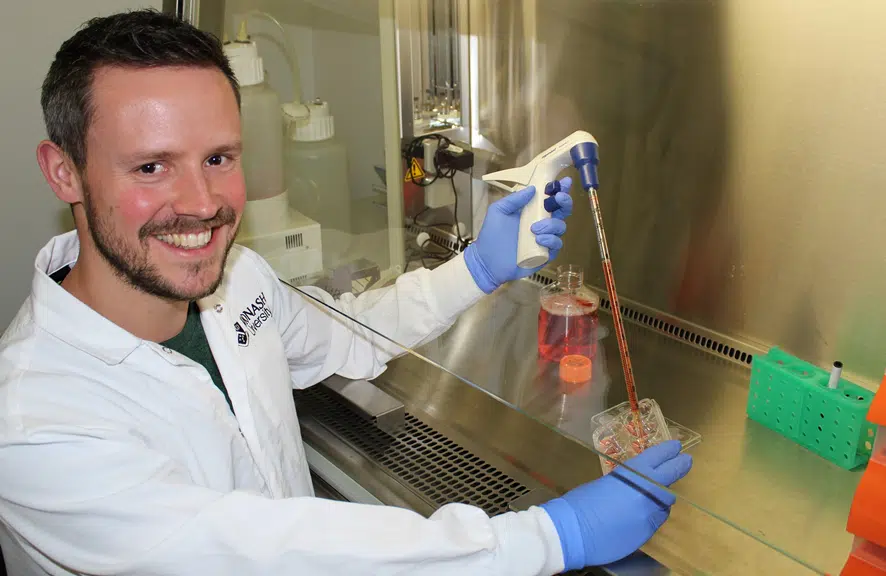Nutrient stimulates glucose absorption and helps cells burn it as fuel
A chemical produced in our gut after eating berries could provide a cheap, safe and delicious way to manage blood sugar, researchers at Monash University have found.
“I have shown in the lab that this nutrient helps muscle absorb sugar in a similar way to insulin and am now looking to test this in people”, says research leader Michael Houghton.
“This means that berries, or an extract from them, could be added to the current treatments options for managing blood sugar in diseases such as diabetes.”
The sugar glucose enters our bloodstream after a meal. Insulin is released to tell our organs, such as the liver and muscles, to absorb and store it for energy. But people with diabetes, or at risk from developing the disease, have cells that are resistant to insulin.
Nutrients known as polyphenols, present in many edible plants, have been shown to decrease resistance to insulin.
Michael and his colleagues set out to discover which chemicals were produced after eating specific foods and how effective they were at controlling sugar.
The most effective was IVAS, a chemical which appears in the blood after eating berries and works in a similar way to insulin, encouraging sugar to be absorbed by the cells and then encouraging the cells to burn it for their own fuel.
“This demonstrates an innovative link between diet, gut microbes and the way glucose is regulated by muscle,” says Michael. “It is the first time such a link has been shown in human muscle cells, rather than in animal cells, and it is the only published research paper describing the benefits of isolated IVAS specifically.”
He and his team are now exploring exactly how IVAS works and testing its effects on people.
The exact cause of type 2 diabetes is unknown but a poor diet and being overweight and inactive are big risk factors. One Australian develops diabetes every 5 minutes, leading to a massive burden on Australians’ wellbeing and costing the health care system $15 billion per year.
Link to the research article here:
https://doi.org/10.1096/fj.201801209R
Acknowledgements This work was funded by a European Research Council Advanced Grant (POLYTRUE? 322467) awarded to Prof Gary Williamson and conducted at the School of Food Science and Nutrition, University of Leeds, UK. Ongoing work is being conducted at Monash Nutrition and funded by Monash University.





 Fresh Science is on hold for 2022. We will be back in 2023.
Fresh Science is on hold for 2022. We will be back in 2023.